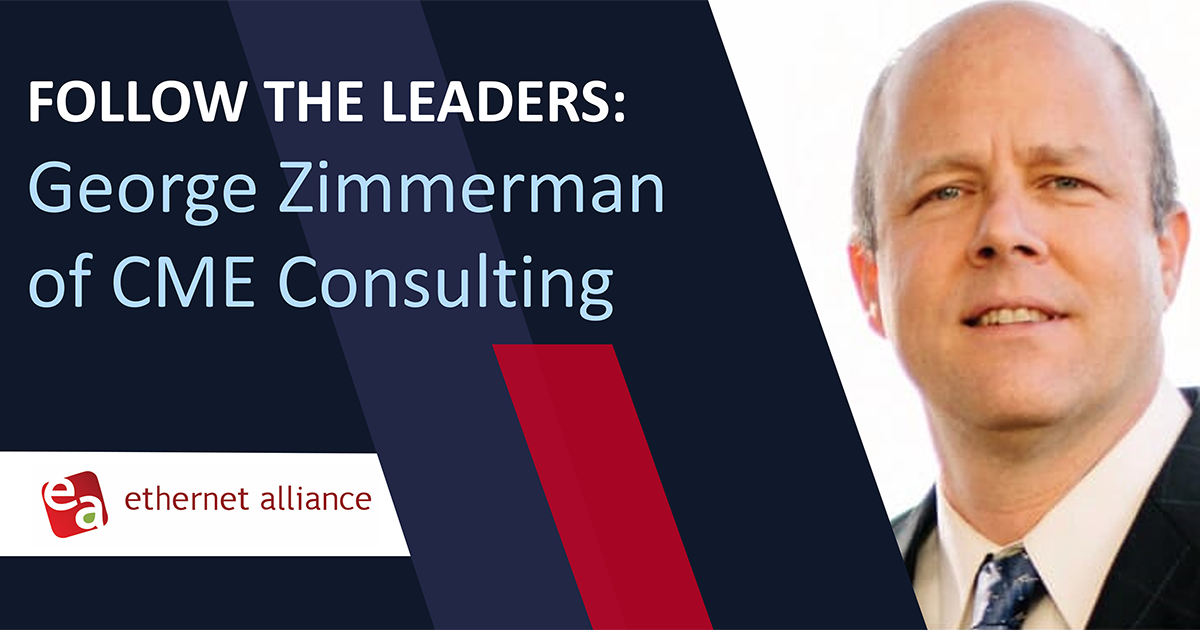“The future of Ethernet, one of the highest quality, market relevant Standards on the planet Earth”
Let’s wind the clock back 35 years to see where we’ve come from in order to predict where we’re going in the next 10 years. The 802.3 Ethernet standard has changed a lot through an evolutionary process driven by the computer networking marketplace. Back in 1980 the Ethernet visionaries needed a means of connecting the computer systems of that era; mainframes, minicomputer, PCs. Ethernet was developed to inexpensively connect those systems in flexible ways that would meet the end-users needs. The 802.3 Ethernet Working Group was comprised of a set of world class engineers that developed the Ethernet Standard Specifications to the highest technical quality in order to ensure system manufactured by dozens of suppliers would interoperate. The combination of those two forces; market relevance and publication of only the highest quality technical specifications were key enablers in the explosion of the networking market developing into what it has become today: a crucial element of the fabric on top of which the world’s society operates—all elements of business, government, education, entertainment, etc. are dependent on a highly reliable communications system, one of the critical components being packet transmission over wires, aka Ethernet.
So now back to the question of what is the future of Ethernet over, say, the next ten years or so. It is impossible to predict the future with any accuracy, but there are a few things I can predict with confidence. The 802.3 Working Group will continue to be responsive to the market needs and will continue to be populated by highly innovative world class engineers working in a disciplined, transparent manner to produce high quality standards. What are those emerging applications to be serviced by Ethernet? Higher speeds and longer distances will continue to be developed for copper and optical connections. An emerging driver of the need for higher speeds will be Virtual, Mixed and Augmented Realities (VR, MR and AR). Just like we couldn’t have imagined the ubiquity of the smart phone 30 years ago, I believe the technologies necessary to create digital realities that are woven into our physical reality are here today—the cost needs to come down, the amount of data they will generate which needs to be shipped from and to the endpoints will be massive, but both the costs will drop and the networking speeds will increase. These technologies will enable us to be anywhere, anytime, anyplace. Society will be a very different place from what we know now. And at its wired core will be Ethernet.
The key to standards development is consensus building, and that starts with people talking. On September 29, 2016 in Santa Clara, CA, the Ethernet Alliance will bring the industry together to start contemplating the next 10 years of Ethernet at its TEF2016 – “The Road to Ethernet 2026.”. For more information on this event, including registration, please see http://ethernetalliance.org/the-road-to-ethernet-2026/.




